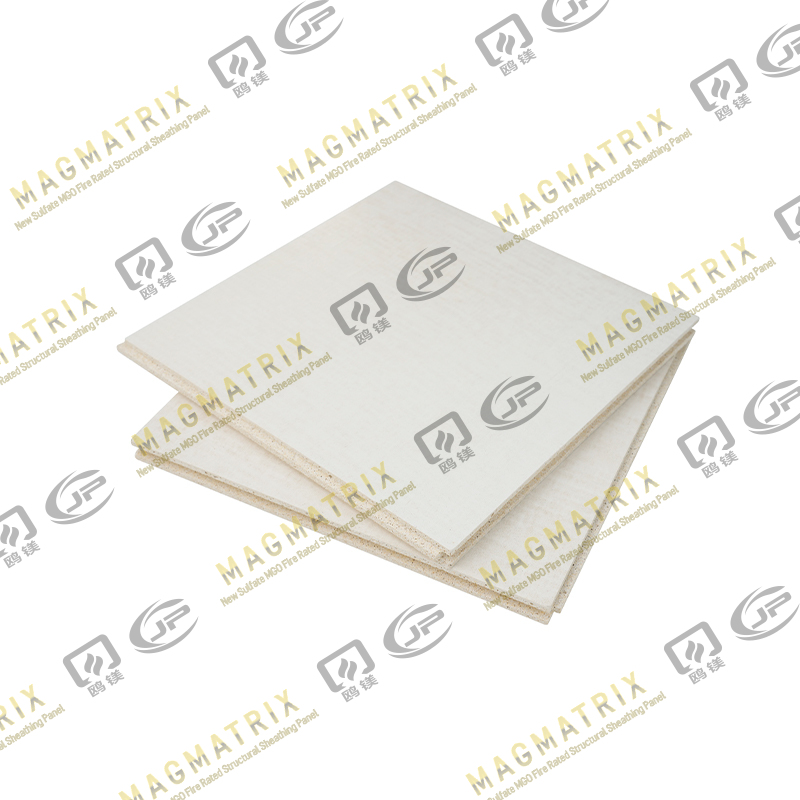In the construction industry, subfloor sheathing plays a crucial role in ensuring structural integrity, stability, and load distribution across floors. Among the many materials available today, Magnesium Oxide (MgO) Subfloor Sheathing Board has become a preferred choice for architects, builders, and engineers seeking a durable and environmentally conscious alternative to conventional plywood or cement boards.
One of the most common questions that arises during installation is: how is MgO Subfloor Sheathing Board fastened to floor joists or frames? While this may sound straightforward, the fastening process requires careful attention to compatibility, technique, and environmental conditions to ensure long-term performance. This article explores, in detail, how MgO subfloor boards are properly secured, the types of fastening systems recommended, and the key considerations to ensure stability, strength, and longevity.
Understanding the Role of MgO Subfloor Sheathing
Before discussing the fastening process, it’s important to understand what MgO subfloor sheathing is designed to achieve.
MgO Subfloor Sheathing Board is a composite building panel made primarily from magnesium oxide, magnesium chloride or sulfate, and a combination of fibers or perlite aggregates. It’s known for its fire resistance, moisture tolerance, dimensional stability, and mold resistance—qualities that make it suitable for high-performance floors in both residential and commercial construction.
Unlike wood-based sheathing, MgO boards don’t warp, swell, or degrade under humid or damp conditions. This durability means that correct fastening is even more vital—since improper installation can undermine these benefits.
Preparing for Installation
1. Substructure Inspection
The fastening process starts with a sound substructure. The floor joists or framing members must be level, dry, and free of debris. Uneven or damp frames can create gaps that weaken fastening strength and cause deflection or squeaking under load.
2. Environmental Conditions
MgO boards, while moisture-resistant, should be installed under suitable site conditions. Typically, ambient temperatures between 10°C and 35°C (50°F to 95°F) are ideal. The boards should be acclimatized for at least 24 to 48 hours before installation to minimize dimensional movement.
3. Layout Planning
Proper layout planning helps ensure that the fastening pattern aligns with the structural supports. Boards are usually laid with their long edges perpendicular to the joists and with joints staggered in a brick pattern. This enhances load distribution and minimizes movement across seams.
Types of Fasteners for MgO Subfloor Sheathing Board
The fastening method largely depends on the thickness of the MgO board, type of framing (wood or steel), and the project’s structural requirements. Below are the most common fastening systems used.
1. Self-Tapping Screws
For most installations, self-tapping screws are the preferred choice. These screws can penetrate both MgO board and the supporting structure without pre-drilling (in most cases), offering a strong mechanical hold.
- Material: Stainless steel or corrosion-resistant coated steel
- Head Type: Countersunk or bugle head to ensure flush seating
- Length: Typically 35–55 mm for 12–18 mm thick boards
- Spacing: Generally 200 mm on center along edges and 300 mm within the field
Self-tapping screws are particularly effective for steel framing systems due to their ability to bite into metal without deforming the board.
2. Cement Board Screws
Where enhanced pull-out resistance is needed, cement board screws with high corrosion resistance are used. These screws feature ribbed heads and hi-lo threads that grip the dense MgO substrate tightly.
- Recommended Use: Exterior decks, wet areas, or heavy-load flooring
- Advantage: Superior grip and long-term fastening strength under moisture exposure
3. Ring Shank Nails (For Wood Frames Only)
In wood-frame constructions, ring shank nails can also be employed, though screws are generally preferred for greater accuracy and holding power. Nails should be galvanized or stainless steel, and a pneumatic nail gun can help achieve consistent penetration depth.
- Spacing: 150 mm along panel edges and 300 mm in the field
- Note: Avoid overdriving, as this can fracture the MgO board surface.
Recommended Fastening Techniques
1. Fastener Placement
Proper fastener placement is essential to avoid cracking or delamination:
- Keep fasteners at least 12 mm from board edges and 50 mm from corners.
- Ensure that each joint line is adequately supported by a joist or framing member.
- Where boards meet, leave a 2–3 mm gap to accommodate minimal expansion or movement.
2. Countersinking and Surface Treatment
Fasteners should sit flush with the surface of the MgO board. Overdriving may weaken the surface, while protruding heads can cause uneven finishes or floor squeaks. After fastening, joints and fastener heads can be filled with joint compound or flexible floor sealant to create a smooth, continuous substrate.
3. Adhesive Integration
For superior rigidity and sound control, construction adhesive can be applied between the MgO subfloor and joists before screwing. This hybrid fastening technique minimizes floor vibration and improves load transfer.
When using adhesives:
- Apply a continuous bead along each joist.
- Position the MgO board while the adhesive is still tacky.
- Screw the board down immediately to ensure a solid bond.
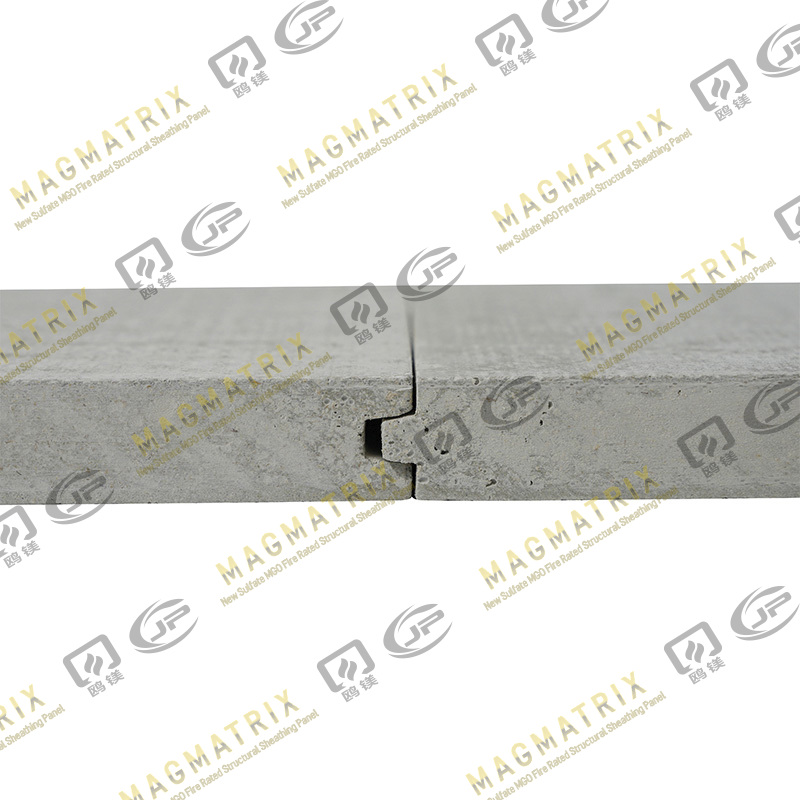
Fastening to Different Framing Materials
1. Fastening to Wooden Joists
When fixing MgO subfloor boards to timber framing, corrosion-resistant screws or ring-shank nails are most suitable. It’s important to pre-mark the joist locations on the board surface to maintain consistent alignment.
If the joists are slightly uneven, shimming or sanding may be necessary to maintain a level surface. The fastening pattern should follow the manufacturer’s recommendations, ensuring consistent pressure across the floor.
2. Fastening to Steel Frames
For steel joist systems, self-drilling screws specifically designed for metal are essential. These screws have sharp drill points that cut through light-gauge steel without pre-drilling.
In heavier gauge steel, pre-drilling a pilot hole slightly smaller than the screw diameter can prevent shearing. The board should rest snugly against the framing to prevent vibration and resonance.
Common Mistakes to Avoid During Fastening
Even with high-quality MgO subfloor boards, improper installation can compromise the floor’s performance. The following are some common pitfalls and how to avoid them:
- Overdriving Screws: Penetrating too deeply can crush the board’s surface or reduce holding capacity.
- Inconsistent Spacing: Skipping fasteners or uneven spacing leads to loose areas that may creak or flex.
- Improper Alignment: Misaligned joints create uneven surfaces and stress concentrations.
- Ignoring Edge Gaps: Failing to provide expansion joints can cause buckling or edge cracking.
- Using Non-Compatible Screws: Ordinary drywall screws can corrode or break under load; always use recommended fasteners.
Sealing and Finishing the Subfloor
Once fastening is complete, the MgO subfloor should be sealed or primed to protect against surface wear and to prepare it for the final floor finish.
- Joint Treatment: Fill and smooth seams using an approved joint compound or mesh tape.
- Surface Priming: Apply an MgO-compatible primer if adhesives or floor coverings will be used.
- Moisture Protection: In wet environments, a waterproofing membrane may be applied on top.
Proper sealing ensures that fastener points remain protected from moisture ingress, preserving the long-term structural bond between the MgO board and the joists.
Maintenance and Long-Term Performance
A correctly fastened MgO subfloor system can last decades with minimal maintenance. Regular inspections should check for any signs of loosening fasteners, surface damage, or movement at the joints. If an area becomes loose, it can be re-secured with additional screws or by injecting adhesive beneath the board.
Because MgO boards are resistant to rot, termites, and mold, the fastening system becomes the most critical component in ensuring stability. High-quality fasteners and proper installation techniques protect the floor from deflection, sound transmission, and structural fatigue.
Advantages of Proper Fastening Techniques
Correctly fastening MgO Subfloor Sheathing Board offers several performance benefits that directly impact the safety and comfort of a building:
- Enhanced Load Distribution: Proper fastening spreads weight evenly across joists.
- Improved Acoustic Performance: Adhesive bonding reduces vibrations and noise.
- Fire Safety Integrity: Secure fastening prevents displacement during fire exposure.
- Dimensional Stability: Reduced risk of floor movement or joint separation.
- Long-Term Durability: Ensures the MgO board’s lifespan aligns with the building’s service life.
In commercial and high-traffic environments, these advantages translate to a quieter, stronger, and safer floor system.
Conclusion
Fastening MgO Subfloor Sheathing Board to floor joists or frames is not merely a mechanical task—it’s a precision process that defines the structural behavior of an entire floor system. By choosing the correct fasteners, following recommended spacing, and applying adhesives where appropriate, builders can ensure that MgO subfloors perform at their full potential.
Whether for residential, industrial, or modular applications, proper fastening safeguards the board’s inherent strengths—fire resistance, moisture stability, and longevity—ensuring that every floor built upon it stands firm for years to come.
 BMSC 517 New Sulfate MgO Board
BMSC 517 New Sulfate MgO Board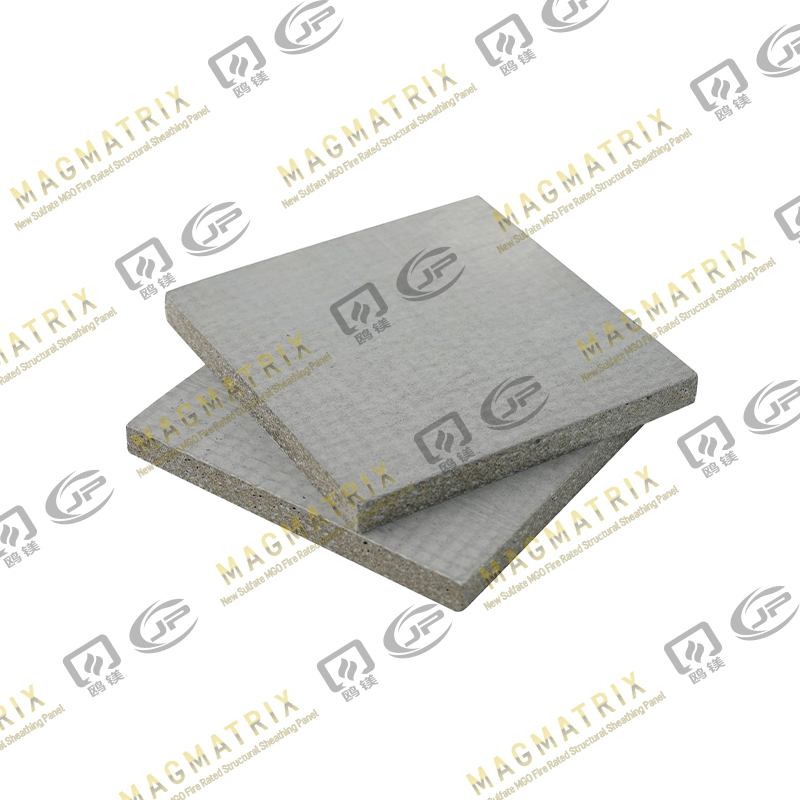 Multi-Support MgO Wall Sheathing Board
Multi-Support MgO Wall Sheathing Board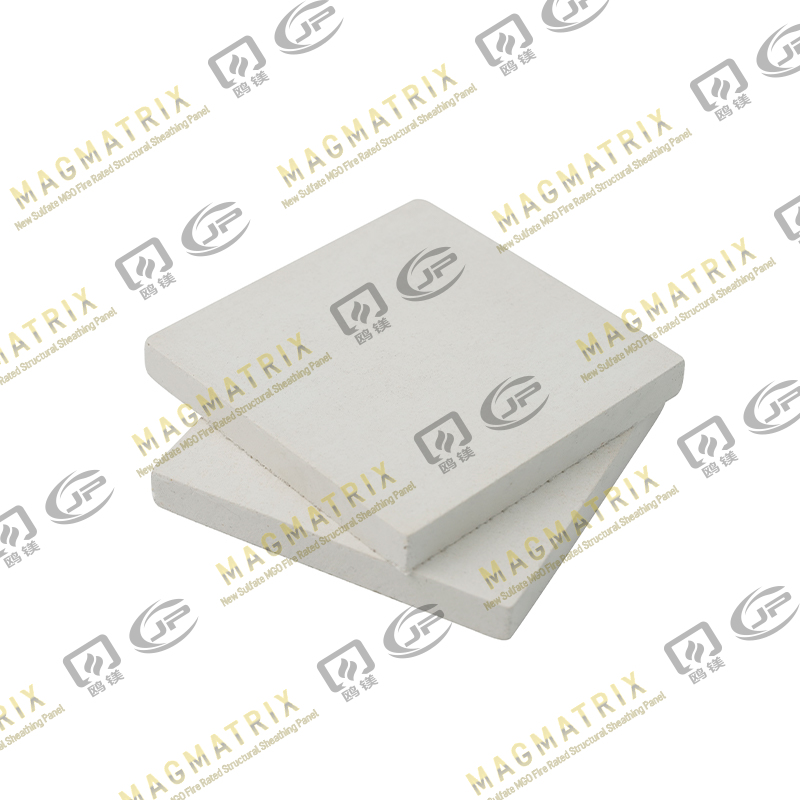 Perseverance MgO Wall Sheathing Board
Perseverance MgO Wall Sheathing Board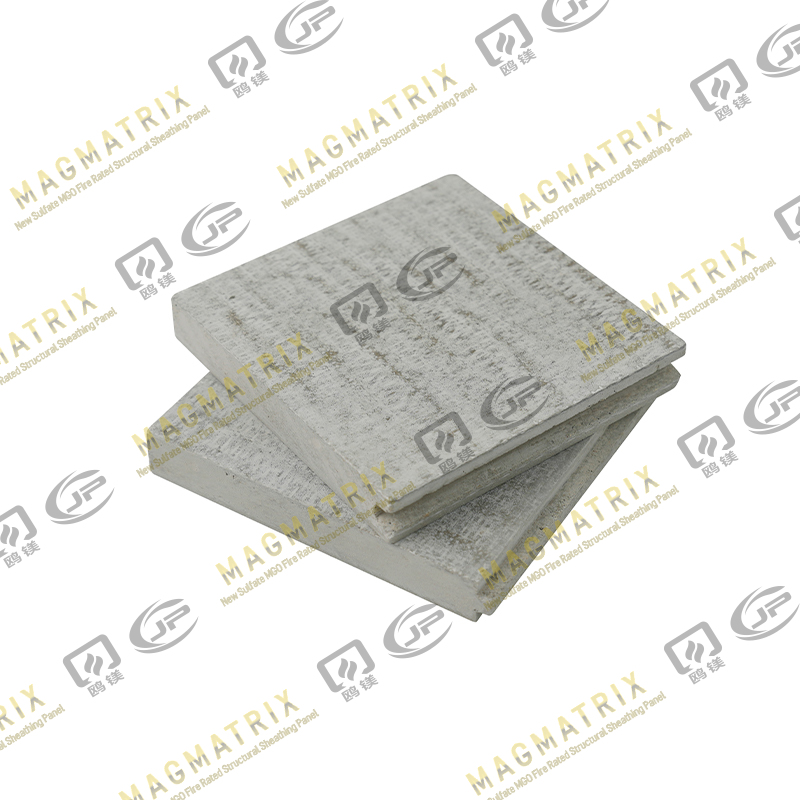 Multi-Support MgO Subfloor Sheathing Board
Multi-Support MgO Subfloor Sheathing Board Perseverance MgO Subfloor Sheathing Board
Perseverance MgO Subfloor Sheathing Board MagMatrix MgO Underlayment Panel/board
MagMatrix MgO Underlayment Panel/board


 English
English русский
русский Español
Español

